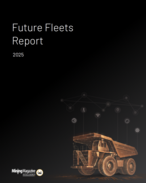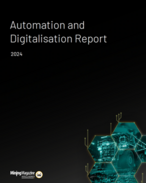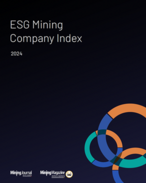This article is 15 years old. Images might not display.
Back in September the Hunter’s coal industry, Newcastle port operators and the New South Wales government agreed to a legal framework to replace the long-criticised capacity balancing system.
The Australian Competition and Consumer Commission issued a draft determination to authorise the proposed capacity framework arrangements from next year until June 2020.
The final determination is expected next month.
Under the new deal, $A5 billion in new infrastructure is planned for delivery at Newcastle in the next four years.
Coal & Allied has long called for greater supply chain certainty, which it will require before committing to its Mount Pleasant thermal coal project in the state.
The project, north of the nearby Bengalla mine, targets 10.5 million tonnes of run-of-mine coal per annum and holds marketable reserves of 350Mt.
The Rio Tinto-managed company will soon seek government approval for its Carrington West extension to unlock another 17Mt of resources at its Hunter Valley Operations.
Coal & Allied is also seeking approval under the Environment Protection and Biodiversity Protection Act for the Warkworth extension at its Mount Thorley Warkworth mine near Singleton.
The approval will give the green light to another 21 years of mining.
A feasibility study has begun into ramping up Bengalla, part owned by Wesfarmers, from 7.8Mtpa to 10.7Mtpa of ROM coal.
Earlier in the year Coal & Allied received state government approval for its HVO South project to extract an extra 16Mtpa and to continue mining for 21 years.
The new industry and government plan to manage coal exports out of Newcastle is structured to have coal loading and rail operations underpinned and aligned by 10-year contracts.
When the agreement was signed, Port Waratah Coal Services said the plan would allow the Hunter coal chain to make more accurate and timely infrastructure investment decisions.
Shares in Coal & Allied closed up 30c to $78.30.























